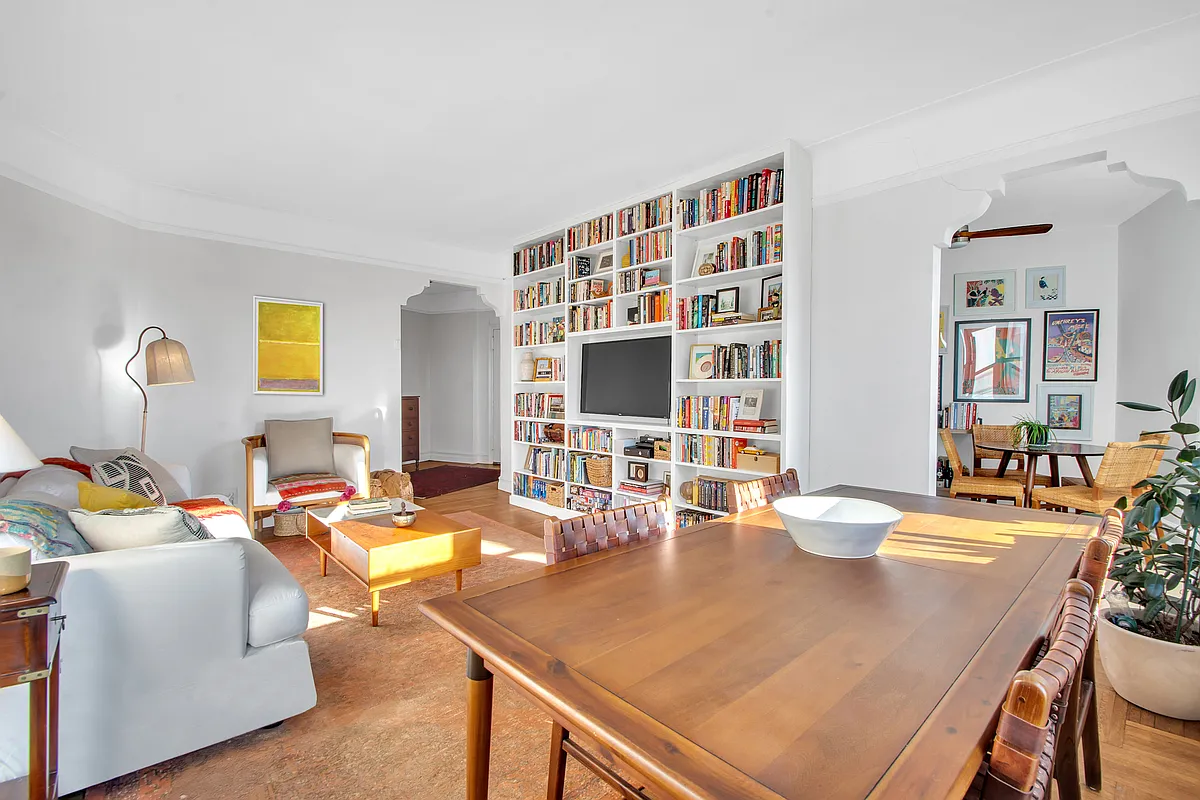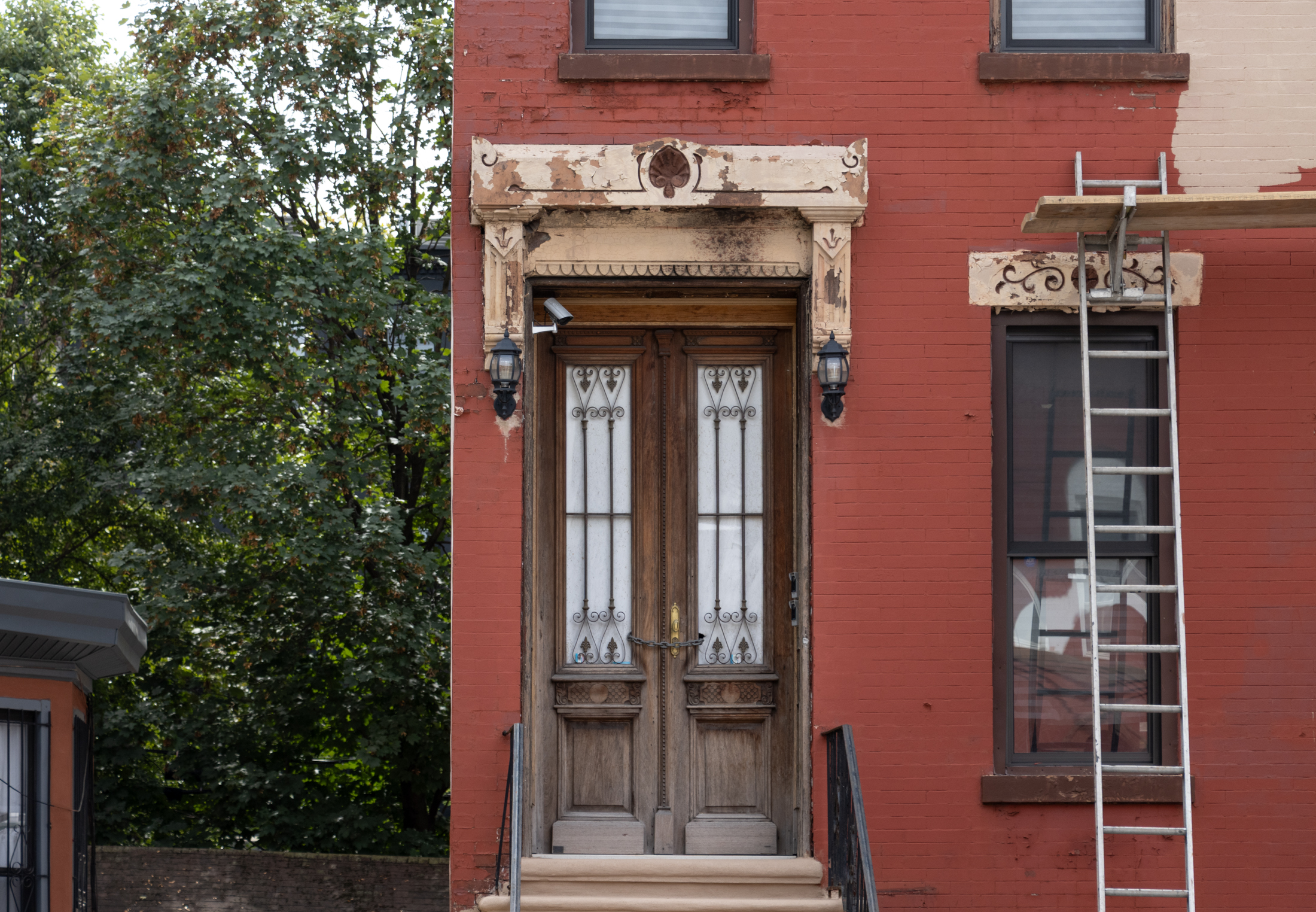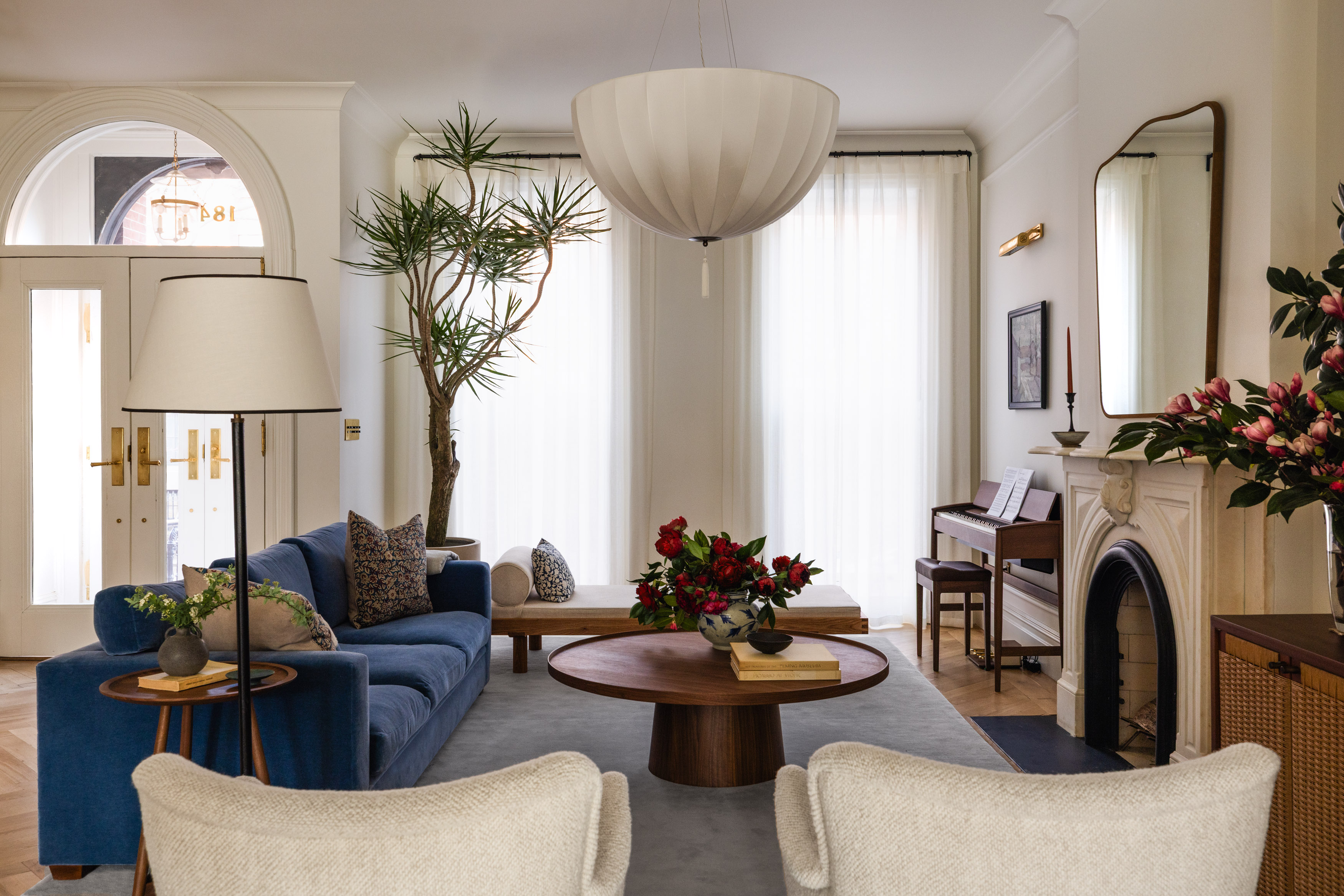Civil War Era Gem Facing Wrecking Ball
When 70 Lefferts Place, the old free-standing woodframe between Grand and Classon, went on the market last Spring, there was considerable speculation and fear in the neighborhood that a developer would buy the house only to tear it down. And indeed, now that the sale has been finalized for $2.4 million, it turns out that…
When 70 Lefferts Place, the old free-standing woodframe between Grand and Classon, went on the market last Spring, there was considerable speculation and fear in the neighborhood that a developer would buy the house only to tear it down. And indeed, now that the sale has been finalized for $2.4 million, it turns out that this is the old beauty’s fate. From what we hear, the developer who bought the place, Christopher Morris, is planning a full demolition to be followed by a 21-unit condo building. While we’re saddened that this is the case, it was almost inevitable given market forces: here was a 7,000-square-foot house with an extra 11,000 square feet of buildable air rights in an unlandmarked part of town. The house’s only real hope had been for the same person to buy the house and the adjacent vacant lot so that the air rights could be transferred and thus fully utilized. We gather that Morris is planning to try to incorporate some the house’s elements into the new facade. We had the pleasure of seeing the gorgeous staircase and widow’s walk first-hand when it was on the market. Stunning. Mr. Morris has received an invitation to attend the Lefferts Place Community meeting on August 2 to share more details of his plans. At this point, we’d describe the mood of residents as a mix of resignation and cautious optimism. We hope Morris’ heart is in the right place on this one. We’ll be watching closely, that’s for sure.
Stopping to Smell the Roses on Lefferts [Brownstoner] GMAP P*Shark





“or the UN building on the eastside, have always been and are still inherently beautiful buildings.”
marcy have you ever been to UN plaza up close – in a sense this isn’t ‘hijacking’ the thread – it goes back to the fundamental problem with most modern architecture and this style of urban planning that’s effecting Brooklyn- the area around UN plaza is dead space like the area around the world trade center, and of course Ratner’s handiwork in Brooklyn like Metrotech.
I will again assert that the examples you have given may be interesting to look at (from a distance) but not to live in or around. The organic growth Brooklyn’s brownstone neighborhoods, on the other hand are pleasing to both look at and live in. I have yet to see a recent construction building in Brooklyn that is pleasing to the eye…if there are living architects that can match or surpass the previous ones, then I am all for it. As Bx2Bklyn said archietects these days are more concerned with ego statements.
BTW have you ever read Tom Wolfe’s From Bauhaus to Our House….I would suggest it.
Well said Marcy. I think you just got peoples’ hackles up because this is a preserved, for the most part, 19th century streetscape.
DC, if you go to http://www.nyc.gov, then to the Buildings Department, then to the Buildings Information System (BIS) you can look up properties, see what permits are pending or issued etc.
It will not give you details of construction plans, but will tell you, to the extent it is up to date, whether permits have been issued etc.
Well, I definitely agree that its a shame to rip down something that is well-built and historically significant only to build in its place a mundane structure, which i’m afraid will definitely happen here. I do disagree, however, that much of the modernism from the 50’s, 60’s and 70’s has not withstood the test of time. Its a matter of taste, and unfortunately NYC is not filled with nearly as many outstanding examples of modernism as some other cities are fortunate enough to boast (like L.A. and Chicago) but the Seagram’s building in midtown or the UN building on the eastside, have always been and are still inherently beautiful buildings. The past was great, but things must continually move forward. I think I’ve gotten slightly off-topic here because we all agree that in this instance the old structure is most likely preferable. I guess I just hijacked the thread a bit to try to point out that we have a tendency to overvalue older structures and antiquities and shun progress, IMHO. Change is inevitable, but what I think really should be done is that we should demand (and enforce) higher architectural standards in new construction so that all of Brooklyn doesn’t become Scarano’s banal vision, or lack thereof.
i had close friends who lived in this building (1st floor apt on the left side) for many years before moving overseas. the building is pretty stunning, pierced plaster crown moldings, stained glass and tiled fireplaces. the only real downside was the concrete backyard with a view of the white castle on atlantic. i can imagine that it is a total pain to keep up, a very large house with tons of details. will be a true shame if it is demolished. i can’t imagine that a building this large could be easily transported….
I wish I were as articulate as some of the other posters here who so clearly stated what is so important about preserving our architectural heritage. All I can say when I think of this beautiful old house being torn down is what a heartbreak. There’s a reason these buildings have stood for so long. they have lasting power for numerous reasons and like dreadnaught says, 90% of modern architecture doesn’t. I think part of the reason is that older buildings were designed differently in intent. They were designed as social/cultural statements (of both the architect and the client- ie. the Woolworth building, they were designed to be pleasing to the eye and they were designed first and foremost to be lived in and used by real live people. Most modern architecture today goes up designed to be built under budget constraints, be an ego statement by the architect, and basically designed to fit all the parameters before they are designed for people. Seems as we get further and further away from the early 20th century, the buildings get weirder, uglier, less well designed and less people oriented. Well, that’s my take on it anyway. Someday we’ll look around Brooklyn and see nothing but fedders and the corpse brides of Gehry.
1847/11:48 AM: How did you learn that no demo permit has yet been filed? I’m interested in closely tracking the progress of this project for the kind of funnybusiness–illegal construction, code and zoning violations, environmental damage, etc.–we’ve been seeing so much of during the current real estate development gold rush. Where is this kind of information available? I’m new to all this, so any info or tips would be very welcome.
Thanks.
sorry for the typos…
It may be too late for this building, but I think a push to extend the landmarked district of Clinton Hill the the Clinton Hill South Historic District, along with the pending downzoning to RB6, would be a good idea and something that should be discussed at the next Lefferts Place Civic Association and/or Clinton Hill Society meeting.
Older buildings are not inherently better buildings.”
No they aren’t Marcy2Hollywood, but generally speaking the ones that have lasted are better built.
The problem with most so called modern architecture, your Richard Meir included is, like modern so called art, they go for shock and sensationalism which is interesting to look at until the novelty wears off – and it wears off rather quickly…take modern architecture from the 60s and 70s 90% of it has not stood the test of time – it’s ugly to look at.
As with painting that’s not to say there aren’t great living architects but most of the ones that get press and publicity are frauds, like Frank Ghery.
Marcy, I don’t think old houses are always better houses, but historical houses such as this one are few and far between here in New York City. In Brooklyn, particularly, architectural diversity is what makes the borough so unique, and part of what makes specific neighborhoods desirable to live in. This house IS the jewel of Lefferts Place, run down or not. How many places have a large, beautiful, free standing home dating from the mid 1800’s? Clinton Hill is one of the few places to boast more than one, and each of them adds to the character of the neighborhood. Why must we always tear down the significant in order to built the mundane?